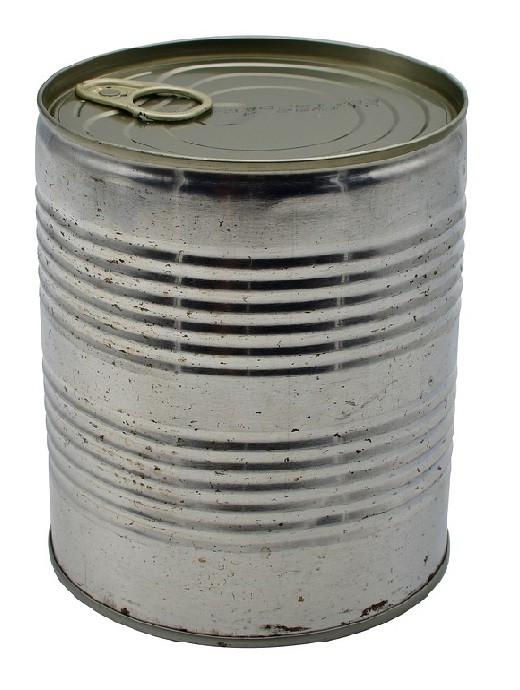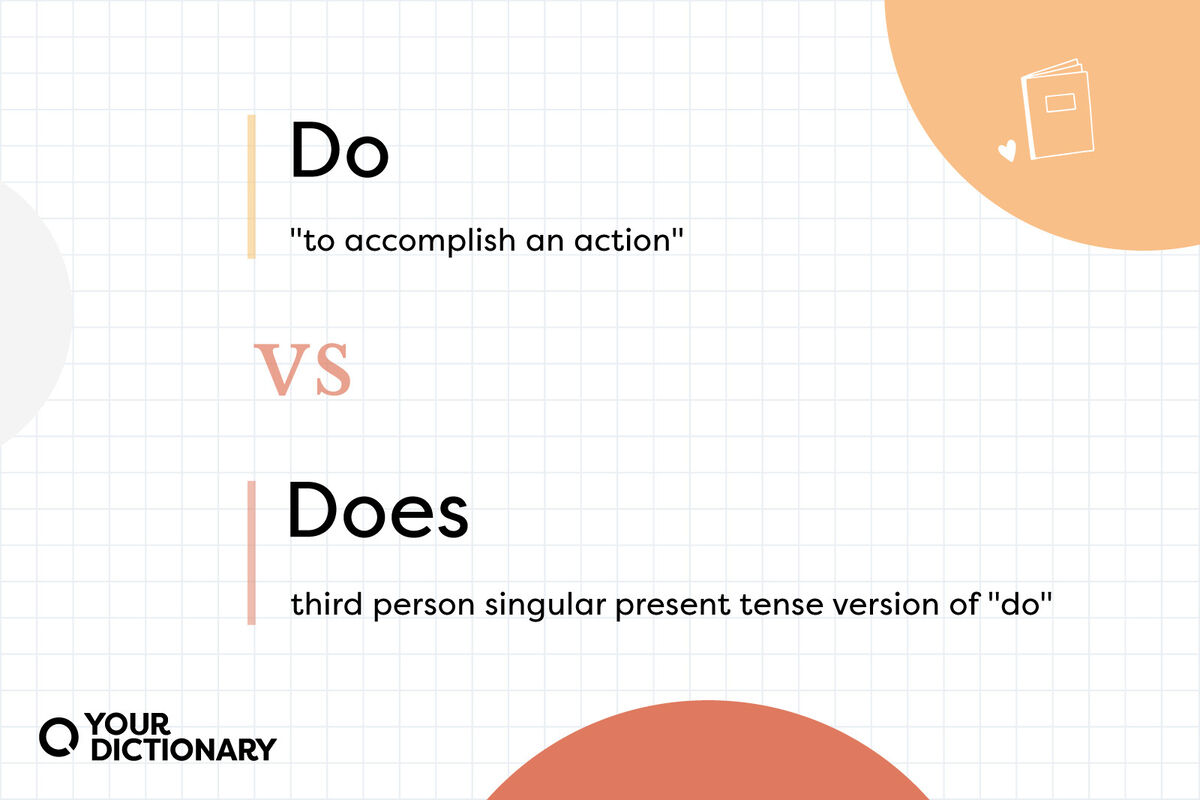How to Replace Windshield Wiper Blades: A Step-by-Step Guide
How to put windshield wiper blades on: complete guide
Replace windshield wiper blades is one of the simplest car maintenance tasks you can perform yourself. Good wipers are essential for safe driving, specially during rain, snow, or other adverse weather conditions. This guide will walk you through the process of will replace your wiper blades, will help you’ll maintain optimal visibility on the road.
When to replace your windshield wiper blades
Before diving into the replacement process, it’s important to know when your wipers need change:
- Streaking or smear across the windshield
- Squeaking or chattering sound during operation
- Visible cracks, splits, or miss pieces in the rubber
- Skip or miss sections of the windshield
- Poor contact with the windshield glass
- Wiper blades that are older than 6 12 months
Most experts recommend replace wiper blades every 6 12 months, depend on your climate and how frequently you use them. Extreme temperatures, sunlight exposure, and frequent use can accelerate wear.
Types of windshield wiper blades
Before purchase new wiper blades, it’s helpful to understand the different types available:
Conventional (bracket )wiper blades
These traditional wiper blades have a metal frame with multiple contact points that hold the rubber blade. They’re typically the near affordable option but may not perform as wellspring in snow and ice.
Beam (bracketless )wiper blades
Beam blades have a sleek, low profile design without external frames. They provide more consistent pressure across the windshield and mostly perform advantageously in winter conditions since there be no frame for snow and ice to build up on.
Hybrid wiper blades
Hybrid blades combine elements of both conventional and beam designs. They have an outer shell that protect the blade from snow and debris while maintain the performance advantages of beam blades.
Find the right wiper blade size
Use the correct size wiper blades is crucial for proper performance. Here’s how to find the right size:
Check your owner’s manual
Your vehicle’s owner’s manual typically list the recommend wiper blade sizes for both driver and passenger sides.
Look at the current blades
Many exist wiper blades have the size print on the side of the blade assembly.

Source: diyjoy.com
Use an in store guide
Auto parts stores commonly have reference books or electronic systems that can look up the correct sizes base on your vehicle’s make, model, and year.
Online lookup tools
Most wiper blade manufacturers offer online tools where you can enter your vehicle information to find the correct sizes.
Keep in mind that many vehicles use different sizes for the driver and passenger sides. Some vehicles too have a third, smaller wiper for the rear window.
Tools need for wiper blade replacement
Replace wiper blades require minimal tools:
- New wiper blades in the correct size
- Clean cloth or paper towels (optional )
That’s it! Most wiper blades come with everything need for installation.
Step-by-step guide to replace windshield wiper blades
Step 1: prepare your vehicle
Turn off your vehicle entirely. If your wipers were lately in use, allow them to cool down. Pull the wiper arms off from the windshield into the service position (stand vertical off from the glass ) This mamakest easier to access the blades.
Many newer vehicles have a” service position ” et that can bebe activatedhrough the infotainment system or by turn the ignition to a specific position and operate the wiper stalk in a particular sequence. Check your owner’s manual for details.
Step 2: remove the old wiper blade
Different wiper blades have different attachment mechanisms, but most fall into these categories:
Hook (j hook )connection
- Look for a small plastic tab on the underside of the wiper where it connects to the arm.
- Press this tab and slide the wiper blade downwards, off from the hook end of the arm.
- Once the blade clear the hook, remove it whole.
Pin / bayonet connection
- Look for a small button or pin near where the blade connect to the arm.
- Press this button while pull the wiper blade off from the arm.
- Slide the blade off the pin to remove it.
Side pin connection
- Look for a small tab on the side of the wiper connection.
- Press this tab and slide the wiper blade sideways off the arm.
If you’re unsure which type of connection your vehicle has, check the packaging of your new wiper blades for installation instructions specific to your connection type.
Step 3: install the new wiper blade
The installation process basically reverses the removal process:
Hook (j hook )connection
- Line up the new wiper blade with the hook on the wiper arm.
- Slide the hook into the connection point on the new blade.
- Push until you hear a click, indicate the blade is firmly attached.
Pin / bayonet connection
- Line up the hole in the new wiper blade with the pin on the wiper arm.
- Push the blade onto the pin until it click into place.
Side pin connection
- Slide the new wiper blade obliquely onto the arm.
- Ensure the lock mechanism engage decent.
Most new wiper blades come with adapters to fit various connection types. Follow the instructions provide with your specific blades.
Step 4: check the installation
Before lower the wiper arm rear to the windshield:
- Make sure the blade is firmly attached to the arm.
- Verify that the rubber edge is face the windshield.
- Check that any lock tabs or clips are full engage.
Step 5: return the wiper arm to the windshield
Cautiously lower the wiper arm rear to the windshield. Don’t let it snap rear as this could crack your windshield or damage the wiper mechanism. Repeat the entire process for the other wiper blade.
Step 6: test the new wipers
Start your vehicle and test the new wipers to ensure they’re work decent:
- Turn on the wipers at low speed.
- Check for smooth, streak free operation.
- Make sure the blades maintain contact with the windshield throughout their sweep.
- Test the different wiper speeds.
If you notice any issues, turn off the wipers and check the installation. Sometimes minor adjustments to the blade position can resolve problems.
Troubleshoot common wiper blade installation problems
Wiper blade doesn’t fit
If the new blade doesn’t seem to fit your wiper arm:
- Double check that you purchase the correct size.
- Look for additional adapters that might have come with the new blades.
- Consult the instruction manual include with the new blades.
Wipers skip or chatter
If your new wipers make noise or skip across the windshield:
- Make sure the rubber blade is clean and free of packaging residue.
- Check that the blade is decent align with the wiper arm.
- Verify that you’re use the correct size blades.
- Clean your windshield exhaustively with glass cleaner.
Wipers leave streaks
If your new wipers leave streaks:
- Clean your windshield with glass cleaner to remove any wax or residue.
- Check for any protective plastic that might static be on the rubber edge.
- Make sure the blade is make full contact with the windshield.
Maintain your new wiper blades
To extend the life of your new wiper blades:
Regular cleaning
Wipe the rubber edge with a damp cloth sporadically to remove dirt, debris, and road grime.
Winter care
In winter, clear snow and ice from your windshield before use the wipers. Ne’er use wipers to clear ice, as this can damage the rubber edge.
Avoid dry wiping
Don’t run your wipers on a dry windshield. Use washer fluid if you need to clear dust or light debris.
Park in shade when possible
Excessive sun exposure can deteriorate the rubber blades fasting. Park in shade areas when available.
Often ask questions about wiper blade installation
How frequently should I replace my wiper blades?
Most manufacturers recommend replace wiper blades every 6 12 months, depend on your climate and usage.
Can I replace merely the rubber insert alternatively of the entire blade?
While it’s possible on some older style wipers, most modern wiper blades are design to be replaced as a complete unit. Replace merely the rubber is mostly more difficult and time consume than replace the entire blade assembly.
Is it necessary to replace both wiper blades at the same time?
Yes, it’s best practice to replace both front wiper blades simultaneously. They typically wear at similar rates, and having mismatch performance can be distracted and potentially dangerous.
What’s the difference between premium and economy wiper blades?
Premium wiper blades typically use higher quality rubber compounds that resist cracking and deterioration, more sophisticated designs for better windshield contact, and more durable construction. They broadly last yearn and perform advantageously in extreme conditions than economy options.
Can I use silicone wiper blades alternatively of rubber ones?
Yes, silicone wiper blades are an excellent alternative to traditional rubber blades. They typically last longsighted, perform advantageously in extreme temperatures, and can fifty apply a water water-repellentng to your windshield over time. Notwithstanding, they normally cost more than standard rubber blades.
Conclusion
Replace your windshield wiper blades is a simple maintenance task that can importantly improve your drive safety. With this guide, you should be able to confidently remove your old blades and install new ones in fair a few minutes.
Remember that good visibility is essential for safe driving, specially in adverse weather conditions. Don’t wait until your wipers are hard deteriorated before replace them. Regular inspection and timely replacement will ensure you invariably have clear visibility when you’ll need it near.
By will follow the steps will outline in this guide, you’ll not simply will save money on professional installation but likewise will gain the satisfaction of will handle this important maintenance task yourself. Stay safe on the road with decently function wiper blades that give you the visibility you need in all weather conditions.

Source: diyjoy.com



